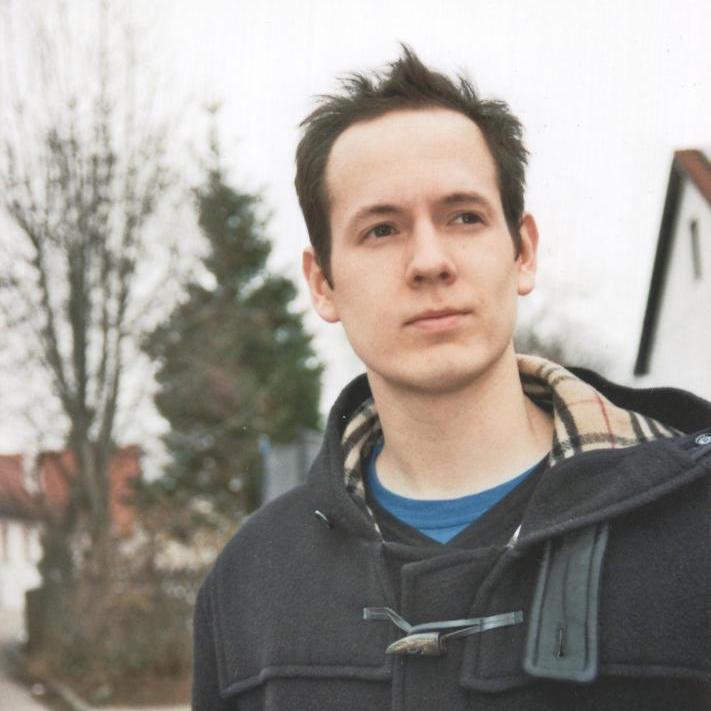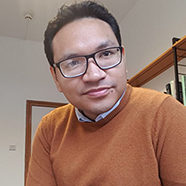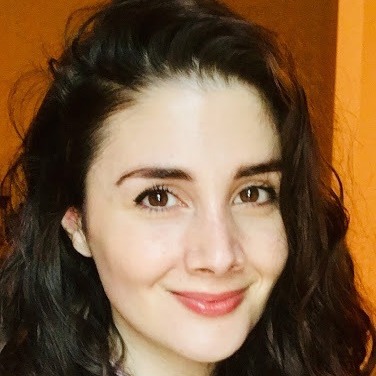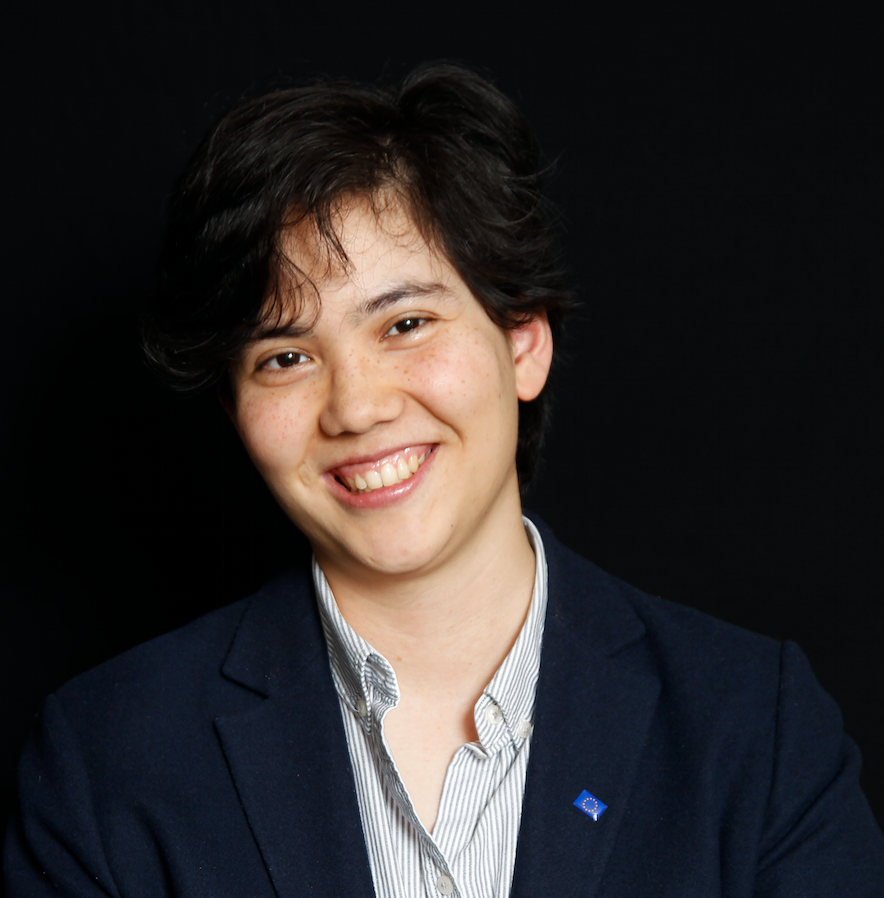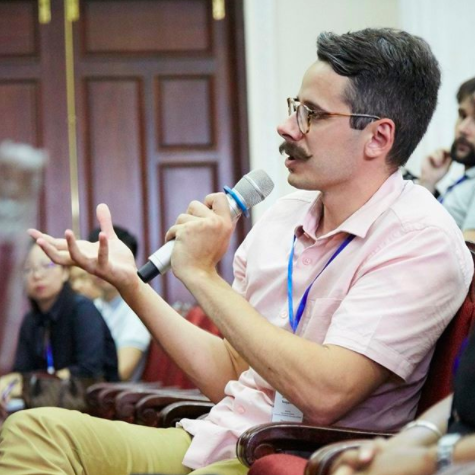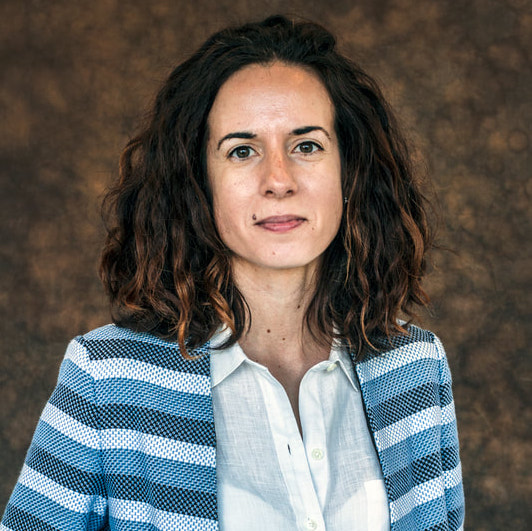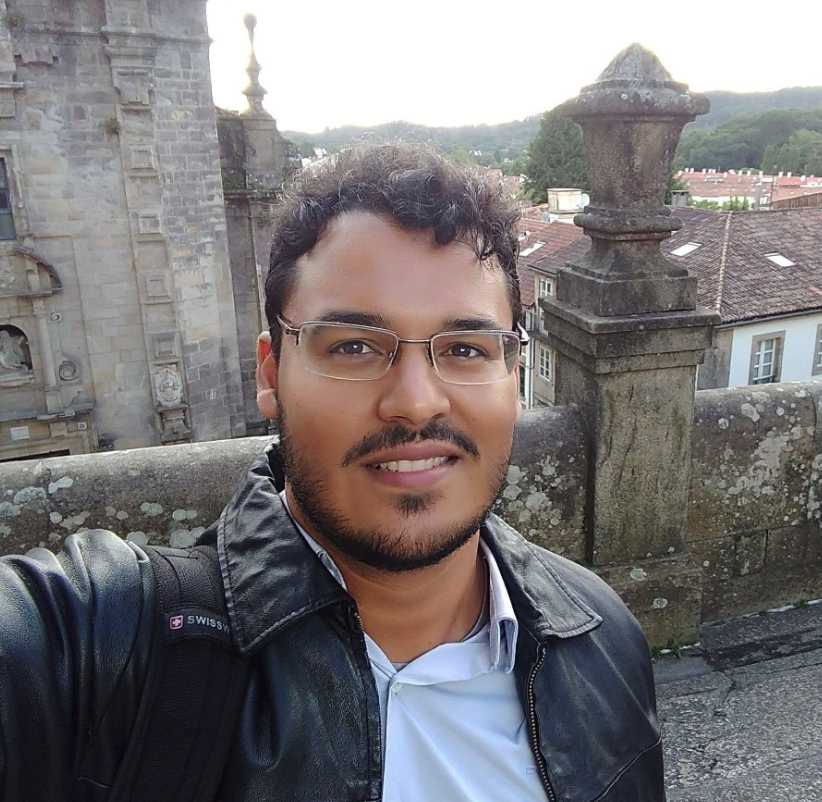“From long experience, Fed technicians knew that the Fed could not control money supply with the precision envisioned in textbooks.” Marcy Stigum
By Elham Saeidinezhad – In the last decade, monetary policy wrestled with the problem of low inflation and has become a tale of three cities: interest rate, asset purchasing, and the yield curve. The fight to reach the Fed’s inflation target started by lowering the overnight federal funds rate to a historically low level. The so-called “zero-lower bound restriction” pushed the Fed to alternative policy tools, including large-scale purchases of financial assets (“quantitative and qualitative easing”). This policy had several elements: first, a commitment to massive asset purchases that would increase the monetary base; second, a promise to lengthen the maturity of the central banks’ holdings and flatten the yield curve. However, in combination with low inflation (actual and expected), such actions have translated into persistently low real interest rates at both the yield curve’s long and short ends, and at times, the inversion of the yield curve. The “whatever it takes” large-scale asset purchasing programs of central banks were pushing the long-term yields into clear negative territory. Outside the U.S., and especially in Japan, central banks stepped up their fight against deflation by adopting a new policy called Yield Curve Control, which explicitly puts a cap on long-term rates. Even though the Fed so far resisted following the Bank of Japan’s footsteps, the yield curve control is the first move towards building a world that “Money View” re-imagines for central banking. Yield curve control enables the Fed to assume its “dealer of last resort role” role to increase its leverage over the yield curve, a private dealer territory, without creating repeated dislocations in the private credit market.
To understand this point, let’s start by translating monetary policy’s evolution into the language of Money View. In the traditional monetary policy, the Fed uses its control of reserve (at the top of the hierarchy of money) to affect credit expansion (at the bottom of the hierarchy). It also controls the fed funds rate (at the short end of the term structure) in an attempt to influence the bond rate of interest (at the long end). When credit is growing too rapidly, the Fed raises the federal fund’s target to impose discipline in the financial market. In standard times, this would immediately lower the money market dealers’ profit. This kind of dealer borrows at an overnight funding market to lend in the lend in term (i.e., three-month) market. The goal is to earn the liquidity spread.
After the Fed’s implementation of contractionary monetary policy, to compensate for the higher financing cost, money market dealers raise the term interest rate by the full amount (and perhaps a bit more to compensate for anticipated future tightening as well). This term-rate is the funding cost for another kind of dealer, called security dealers. Security dealers borrow from the term-market (repo market) to lend to the long-term capital market. Such operations involve the purchase of securities that requires financing. Higher funding cost implies that security dealers are willing to hold existing security inventories only at a lower price, and increasing long-term yield. This chain of events sketches a monetary policy transmission that happens through the yield curve. The point to emphasize here is that in determining the yield curve, the private credit market, not the Fed, sets rates and prices. The Fed has only some leverage over the system.
After the GFC, as the rates hit zero-lower bound, the Fed started to lose its leverage. In a very low-interest-rate condition, preferences shift in favor of money and against securities. One way to put it is that the surplus agents become reluctant to” delay settlement” and lower their credit market investment. They don’t want promises to pay (i.e., holding securities), and want money instead. In this environment, to keep making the market and providing liquidity, money market, and security dealers, who borrow to finance their short and long-term inventories, respectively, should be able to buy time. During this extended-time period, prices are pushed away from equilibrium. Often, the market makers face this kind of trouble and turn to the banks for refinancing. After GFC, however, the very low-interest rates mean that banks themselves run into trouble.
In a normal crisis, as the dealer system absorbs the imbalances due to the shift in preferences into its balance sheet, the Fed tried to do the same thing and take the problem off the balance sheet of the banking system. The Fed usually does so by expanding its balance sheet. The Fed’s willingness to lend to the banks at a rate lower than they would lend to each other makes it possible for the banks to lend to the dealers at a rate lower than they would otherwise charge. Putting a ceiling on the money rate of interest thus indirectly puts a floor on asset prices. In a severe crisis, however, this transmission usually breaks down. That is why after the GFC, the Fed used its leverage to put a floor on asset prices directly by buying them, rather than indirectly by helping the banks to finance dealers’ purchases.
The fundamental question to be answered is whether the Fed has any leverage over the private dealing system when interest rates are historically low. The Fed’s advantage is that it creates reserves, so there can be no short squeeze on the Fed. When the Fed helps the banks, it expands reserves. Hence the money supply grows. We have seen that the market makers are long securities and short cash. What the Fed does is to backstop those short positions by shorting cash itself. However, the Fed’s leverage over the private dealer system is asymmetric. The Fed’s magic mostly works when the Fed decides to increase elasticity in the credit market. The Fed has lost its alchemy to create discipline in the market when needed. When the rates are already very low, credit contraction happens neither quickly nor easily if the Fed increases the rates by a few basis points. Indeed, only if the Fed raises the rates high enough, it can get some leverage over this system, causing credit contraction. Short of an aggressive rate hike, the dealer system increases the spread slightly but not enough to not change the quantity of supplied credit. In other words, the Fed’s actions do not translate automatically into a chain of credit contraction, and the Fed does not have control over the yield curve. The Fed knows that, and that is why it has entered large-scale asset purchasing programs. But it is the tactful yet minimal purchases of long-term assets, rather than massive ones, that can restore the Fed’s control over the yield curve. Otherwise, the Fed’s actions could push the long-term rates into negative territory and lead to a constant inversion of the yield curve.
The yield curve control aims at controlling interest rates along some portion of the yield curve. This policy’s design has some elements of the interest rate policy and asset purchasing program. Similar to interest rate policy, it targets short-term interest rates. Comparable with the asset purchasing program, yield curve control aim at controlling the long-term interest rate. However, it mainly incorporates essential elements of a “channel” or “corridor” system. This policy targets longer-term rates directly by imposing interest rate caps on particular maturities. Like a “corridor system,” the long-term yield’s target would typically be set within a bound created by a target price that establishes a floor for the long-term assets. Because bond prices and yields are inversely related, this also implies a ceiling for targeted maturities. If bond prices (yields) of targeted maturities remain above (below) the floor, the central bank does nothing. However, if prices fall (rise) below (above) the floor, the central bank buys targeted-maturity bonds, increasing the demand and the bonds’ price. This approach requires the central bank to use this powerful tool tactfully rather than massively. The central bank only intervenes to purchase certain assets when the interest rates on different maturities are higher than target rates. Such a strategy reduces central banks’ footprint in the capital market and prevents yield curve inversion- that has become a typical episode after the GFC.
The “paradox of the yield curve” argues that the Fed’s hesitation to adopt the yield curve control to regulate the longer-term rates contradicts its own reasoning behind the introduction of a corridor framework to control the overnight rate. Once the FOMC determines a target interest rate, the Fed already sets the discount rate above the target interest rate and the interest-on-reserve rate below. These two rates form a “corridor” that will contain the market interest rate; the target rate is often (but not always) set in the middle of this corridor. Open market operations are then used as needed to change the supply of reserve balances so that the market interest rate is as close as possible to the target. A corridor operating framework can help a central bank achieve a target policy rate in an environment in which reserves are anything but scarce, and the central bank has used its balance sheet as a policy instrument independent of the policy interest rate.
In the world of Money View, the corridor system has the advantage of enabling the Fed to act as a value-based dealer, or as Mehrling put it, “dealer of last resort,” without massively purchasing assets and constantly distorting asset prices. The value-based dealer’s primary role is to put a ceiling and floor on the price of assets when the dealer system has already reached their finance limits. Such a system can effectively stabilize the rate near its target. Stigum made clear that standard economic theory has no perfect answer to how the Fed gets leverage over the real economy. The question is why the Fed is willing to embrace the frameworks that flatten the yield curve but is hesitant to adopt the “yield curve control,” which explicitly puts a cap on long-term rates.
Elham Saeidinezhad is Term Assistant Professor of Economics at Barnard College, Columbia University. Previously, Elham taught at UCLA, and served as a research economist in International Finance and Macroeconomics research group at Milken Institute, Santa Monica, where she investigated the post-crisis structural changes in the capital market as a result of macroprudential regulations. Before that, she was a postdoctoral fellow at INET, working closely with Prof. Perry Mehrling and studying his “Money View”. Elham obtained her Ph.D. from the University of Sheffield, UK, in empirical Macroeconomics in 2013. You may contact Elham via the Young Scholars Directory











